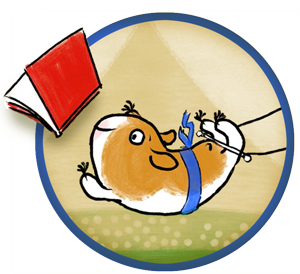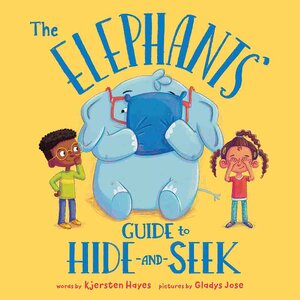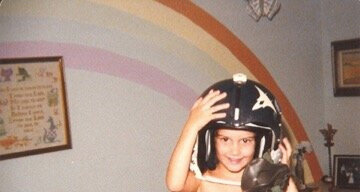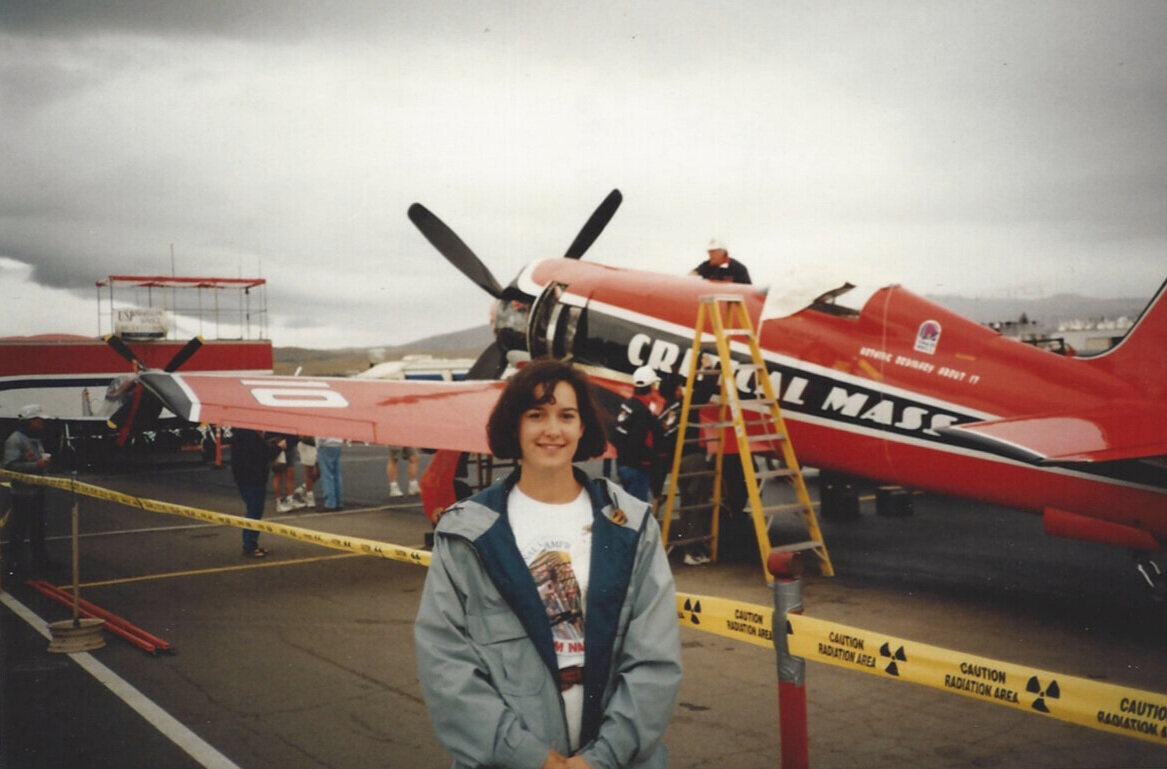By Vicky Fang
INVENT-A-PET (Sterling Children’s Books), written by Vicky Fang and illustrated by Tidawan Thaipinnarong
My debut picture book, INVENT-A-PET, illustrated by Tidawan Thaipinnarong, launches on June 2 from Sterling Children’s Books!
INVENT-A-PET tells the story of Katie, an ordinary girl who longs for an extraordinary pet—something more spectacular than a simple goldfish. One day, Katie comes home to find a gift from her mother: a mysterious machine designed to help her create that one-of-a-kind creature. Each time she feeds different items into the machine, out comes a marvelously colorful new animal—like a purple monkey, rainbow-spotted horse, and green bunny! But none of them is just right. Through trial and error, Katie figures out the formula for her absolutely perfect SURPRISE pet.
Why I Wrote It
I started writing children’s books to inspire and empower kids in STEAM (science, tech, engineering, art, and math), particularly girls and minorities. I’m a former product designer, and I’ve had so much fun creating things like DIY robots, buildings that play music, and interactive storybooks. For me, technology is magical, and I want kids to be able to see that too!
Vicky Fang and team at Google have a dance party with their DIY cardboard robots.
The Idea
If you asked me where the idea for INVENT-A-PET came from, I would have a hard time telling you.
The most direct answer is this: I keep a long list of random story ideas on my phone. At some point, I jotted down “mixed up animals” and at another point, I jotted down “Louisa’s Magnificent Mixing Machine.” One day, on an airplane flight (my favorite place to write), I thought to combine these two disconnected ideas, and the first draft of INVENT-A-PET was born!
INVENT-A-PET spread, ©2020 Sterling Children’s Books
But the thing is … if I look back through my life, some idea of pet mixing machines has been there for a long, long time. As a designer of kids’ experiences, often combining technology and education, mixed-up pets have dipped in and out of my consciousness many times before.
The first time that I have a record of it is in 2002, when I was in graduate school studying for my MFA in Design and Technology at Parsons School of Design in NYC. I was working with fellow students on a children’s educational software project. We created a game called PetSet that allowed you to create mixed-up pets by dragging and dropping different icons into a simple animated machine.
The next memory that I have is from 2003 or 2004, when I was working as a game designer at a small independent game design studio called Large Animal Games. We built an online game that created funny, mixed up dogs through a wacky machine.
And most recently, in 2017, I was working as a designer on kids’ experiences at Google, many of which were geared toward inspiring and empowering kids in STEAM. When I told a co-worker about my story, she said, “Oh, like Sound Pet.” I hadn’t made the connection, but at that very moment, I was the creative lead on a kids’ game that let you take care of a virtual mixed-up pet.
I’m sure there are probably more examples. Somehow, this idea was always close to me. That may sound like a strange thing to say about a wacky pet-mixing machine that teaches you STEAM concepts … and yet, it’s true. When they say, “Write what you know,” you may be surprised at what that might be!
The Takeaway
As I get deeper into my writing career, I’m finding that the ingredients that went into INVENT-A-PET hold true for my other books as well. Let’s take a look at those ingredients—or, rather “inputs,” as Katie would have us say!
Usually, I find that a single idea isn’t rich enough to make a strong story. I often need to combine two or more ideas to add depth.
I also need to be able to pull from a bench of rich experiences—which for me, so far, has been related to STEAM inspiration for kids.
And then, after all that, it’s about writing a great story. Impossibly simple, right? (Or is that simply impossible?)
That, my friends, is my perfect formula for an extraordinary story. I hope this is somehow helpful to you on your quest for yours!
INVENT-A-PET spread, ©2020 Sterling Children’s Books
I am so excited to share INVENT-A-PET with the world, and looking forward to many more books to come.
Vicky Fang’s 2020 book titles
Book Details
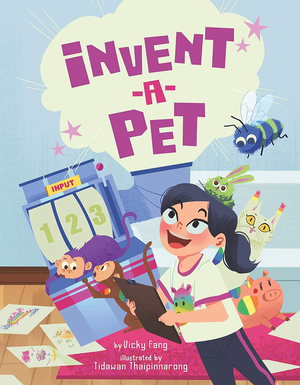
INVENT-A-PET
by Vicky Fang, Illustrated by Tidawan Thaipinnarong
Pub Date: June 2
ISBN: 978-1-4549-3381-6
Publisher: Sterling Children's Books
Vicky Fang is a product designer who spent five years designing kids’ technology experiences for both Google and Intel, often to inspire and empower kids in coding and technology. Through that work, she came to recognize the gap in education and inspiration, particularly for girls and minorities. She began writing books to provide kids with accessible STEAM-inspired stories that they can read again and again, learning from characters they love. Her goal for her books is to inspire computer literacy for a wide range of kids—while letting their imaginations run wild with the possibilities of technology! Her debut books, LAYLA & THE BOTS (Scholastic early chapter book series) and INVENT-A-PET (Sterling picture book), are launching in Spring/Summer 2020 and feature courageous and innovative girls in STEAM. You can find Vicky on Twitter @fangmous or at her website www.vickyfang.com.
